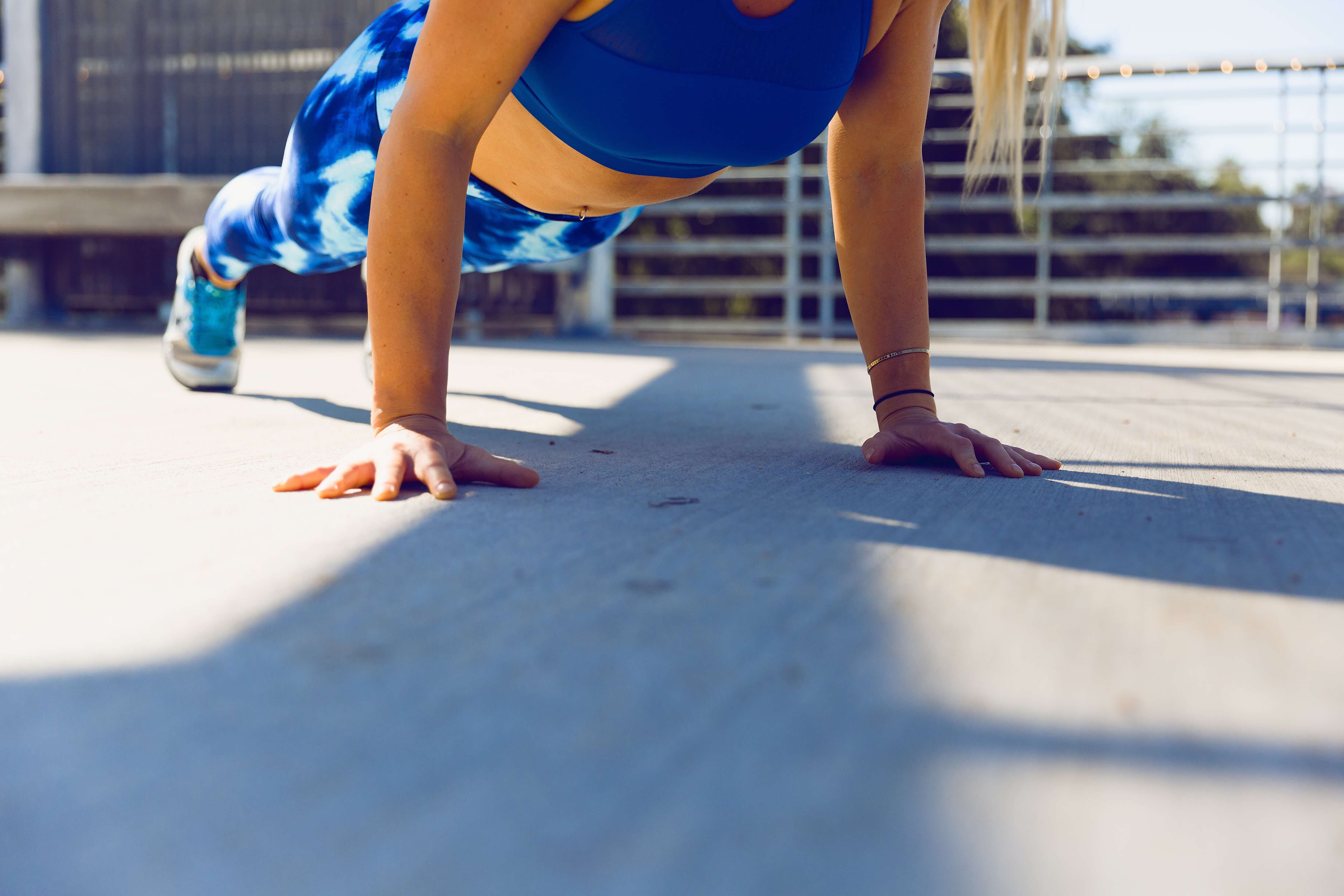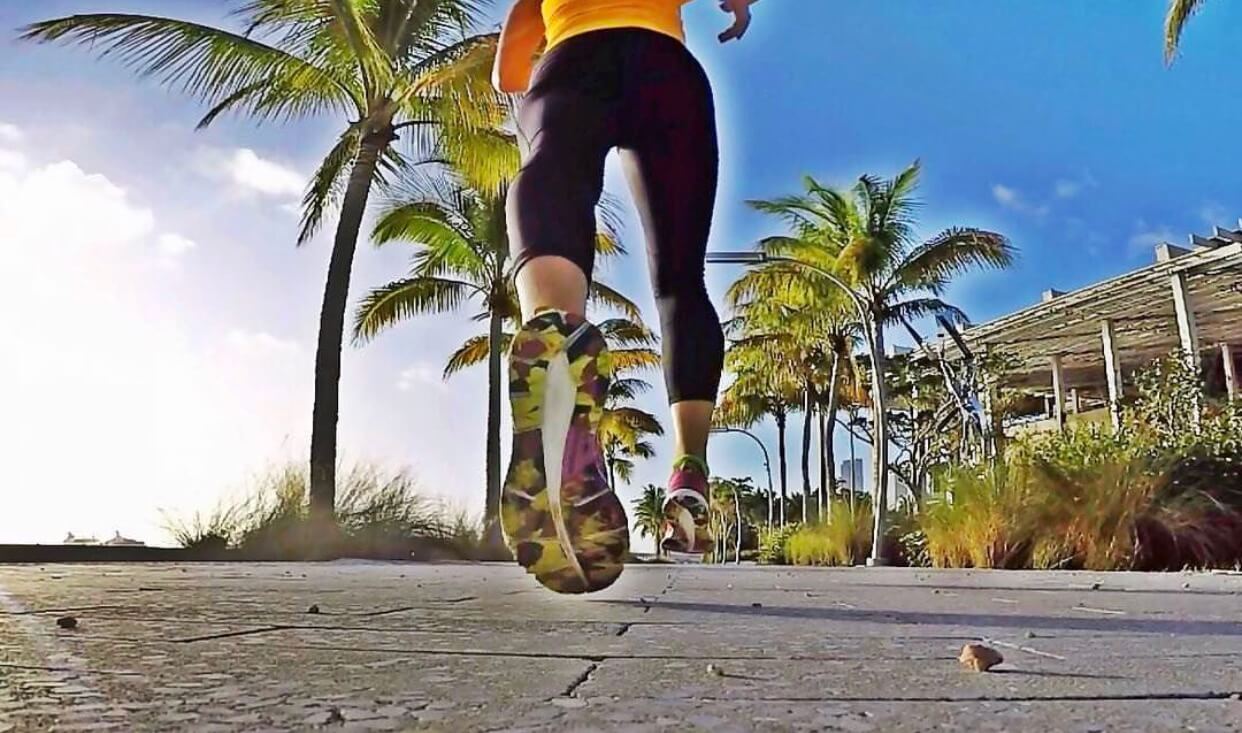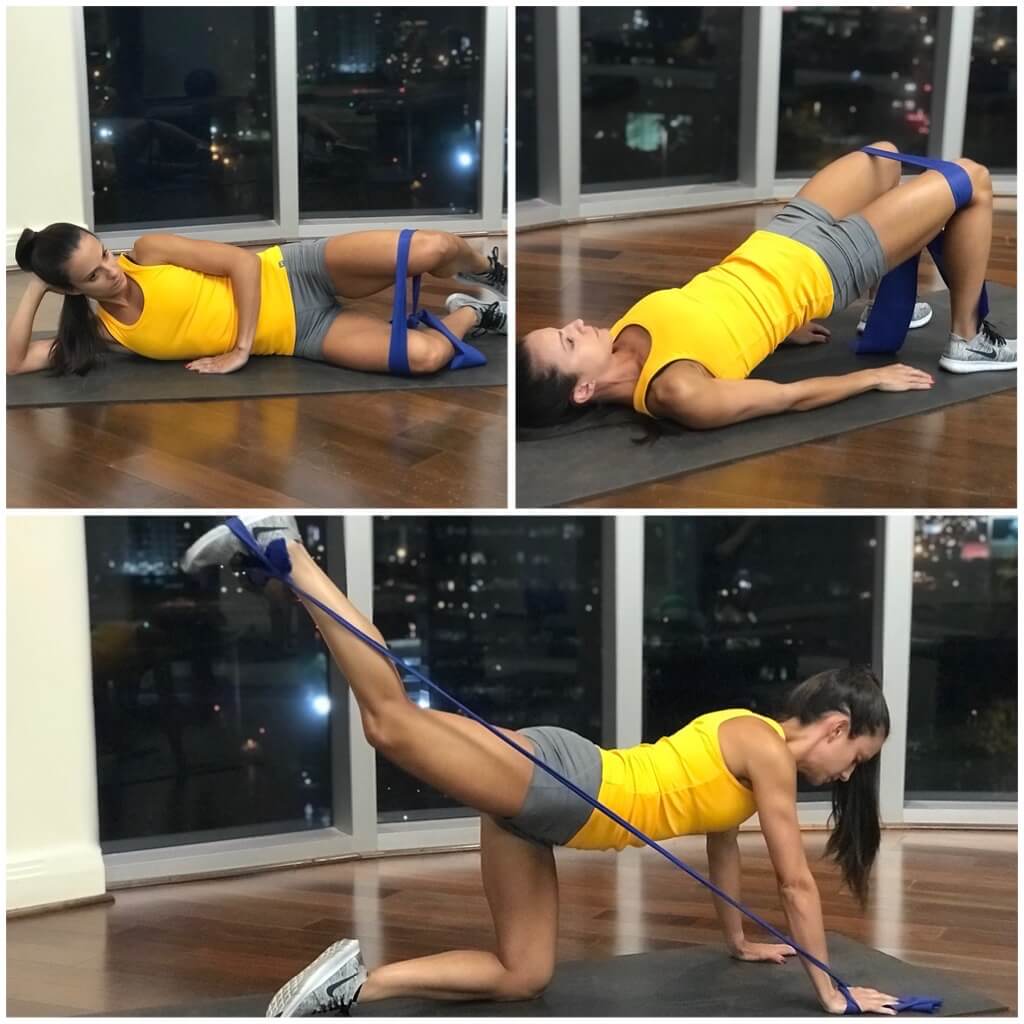Wake Up Those Glutes! Activation Exercises for Runners

When trying to incorporate every possible component to improve our running performance, a strengthening program should always be at the top of the list. You will find numerous articles on the internet explaining why it is important to incorporate specific exercises to keep certain muscles strong during training. The strengthening is usually the one component many runners skip altogether, either because of time constraints or because their bodies feel too tired from running. It is not until you start to keep a consistent routine of strengthening that you see the wonders it does to improve your running form, speed, and keep you at a lower risk of injury. And the legs are not the only parts that require good strength—the upper body, and most importantly, the core muscles need proper strength to keep us running our best.

The Role of the Gluteal Muscles
The cause of many lower leg injuries is linked to weakness in muscles higher up in the body, especially the gluteal muscles. This group consists of three muscles: the gluteus maximus, gluteus medius, and gluteus minimus. The largest, gluteus maximus, is the muscle that covers our entire backside and is responsible for extending the leg back as during a back kick. The other two smaller gluteal muscles lie to the side of the hip and are mostly responsible for moving the leg away from the body, as in a sidekick. Many day-to-day motions require these three muscles in order to perform common tasks such as sitting down and standing up from a chair, climbing stairs, and turning corners while walking. Since they are constantly in motion with every movement, it makes sense that any weakness will result in overuse injuries elsewhere in the body over time.

The running phases require strong gluteal muscles throughout the entire sequence. The gluteus maximus is extremely active during the push-off phase extending the leg behind us and feeding the energy of the leg swing that follows. Without proper strength, it is difficult to build speed and improve cadence. The other two smaller gluteal muscles, along with the gluteus maximus are in charge of stabilizing the pelvis to keep it in a neutral position throughout the entire running phase. This essentially prevents wasting energy with side-to-side motions and hip drop. A lack of stability in the pelvis and too much hip drop may lead to lower back pain, IT band syndrome, runner’s knee, and even foot and ankle problems down the line.
Pre-Run Glute Activation
Spending most of our day in a sitting position causes our gluteal muscles to become lazy. They are basically inactive the entire day and eventually will get used to not kicking in when they need to. Other muscles around the hip will begin to take up the slack from the glutes and that is how overuse injuries and pain begin. If the glutes remain in this lazy state before heading out for a run, it is likely they will carry on that laziness during the workout. In order to wake them up and prepare them to fire when they need to, activation exercises before every run should be performed. This can be just a few quick sets of two or three moves incorporated into your warm-up.
Floor exercises are probably the easiest ones to include. Using a resistance band around the knees, perform two sets of 15 to 20 repetitions of bridges and clamshells, as shown below. Turning over onto your hands and knees with the band around one foot, hip extension can be performed with a back kick. This kick mimics the movement of the leg during the push-off phase of running.

Standing exercises to incorporate are as easy as performing a series of lunges in all directions or a variation of squats. Using a resistance band around the lower legs, lateral squat walks, as shown below, are a two-in-one movement involving the gluteus maximus holding the squat while the other two smaller gluteal muscles mostly activate the side stepping. Standing back kicks with the resistance band around the ankles is another excellent move to fire these muscles. One or two sets of 20 repetitions to each side and you can be on your way with more energized glutes.

When getting diagnosed with a running-related injury, it is not uncommon for your sports doctor or physical therapist to blame it on “the glutes not firing”. As mentioned, the regular person’s day is spent in the flexion position, sitting for hours at work or during our commute, and again when watching several hours of television in the evenings. Our glute muscles lose strength throughout these times and the hip flexors on the opposite side become tight, creating significant imbalances in the body. This combination eventually lead to injuries and get in the way of improving our endurance and speed during those long months of training. If you are developing pain or injuries in other areas of the body, it does not hurt to focus on hip strengthening such as the exercises shown above. Once you make glute activation exercises a part of your routine, you are sure to see results in your running form and performance over time.
Sources
Latest Articles
 Is Running on a Treadmill Easier Than Running Outside?Runners have their own preferences, whether it is treadmill running, running outside on the road, or exploring trails. So...
Is Running on a Treadmill Easier Than Running Outside?Runners have their own preferences, whether it is treadmill running, running outside on the road, or exploring trails. So... Is It OK to Use Trail Running Shoes on the Road?While trail running shoes can be used on roads, especially in situations where a runner encounters mixed terrains or pref...
Is It OK to Use Trail Running Shoes on the Road?While trail running shoes can be used on roads, especially in situations where a runner encounters mixed terrains or pref... How to Fix Sore Quads After Running?Rest, ice, gentle stretching, and over-the-counter pain relievers can help soothe sore quads after running. Also, ensure ...
How to Fix Sore Quads After Running?Rest, ice, gentle stretching, and over-the-counter pain relievers can help soothe sore quads after running. Also, ensure ... 10 Fruits With The Most Electrolytes to Replace Sports DrinksThese fruits are high in electrolytes such as potassium, magnesium, and calcium, essential for hydration, muscle function...
10 Fruits With The Most Electrolytes to Replace Sports DrinksThese fruits are high in electrolytes such as potassium, magnesium, and calcium, essential for hydration, muscle function...

